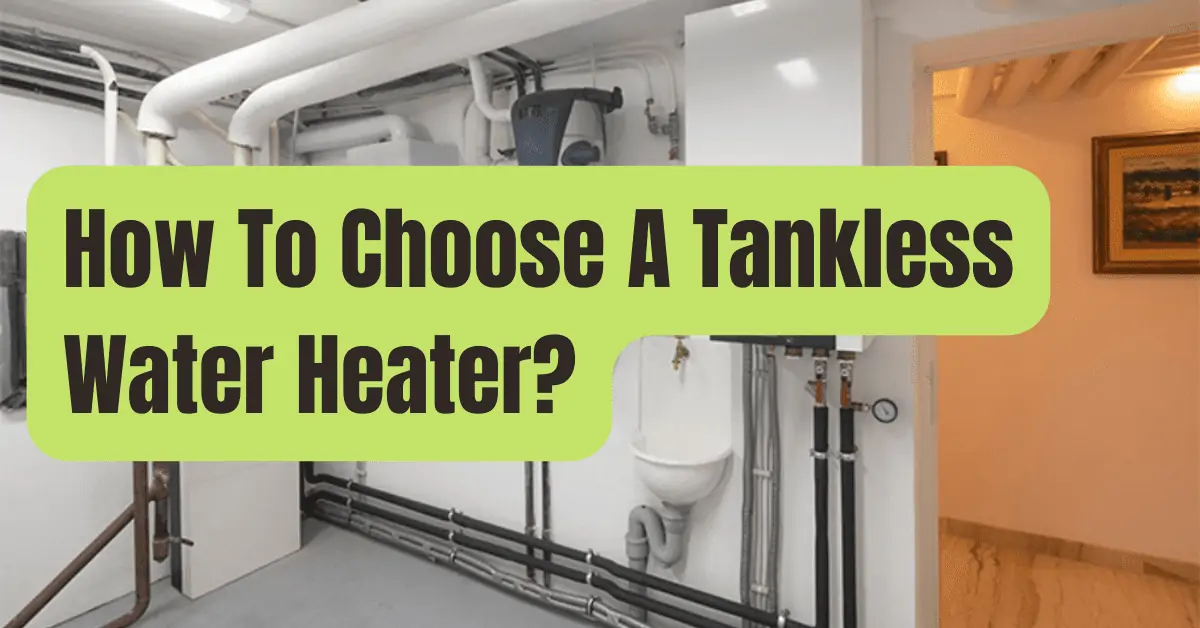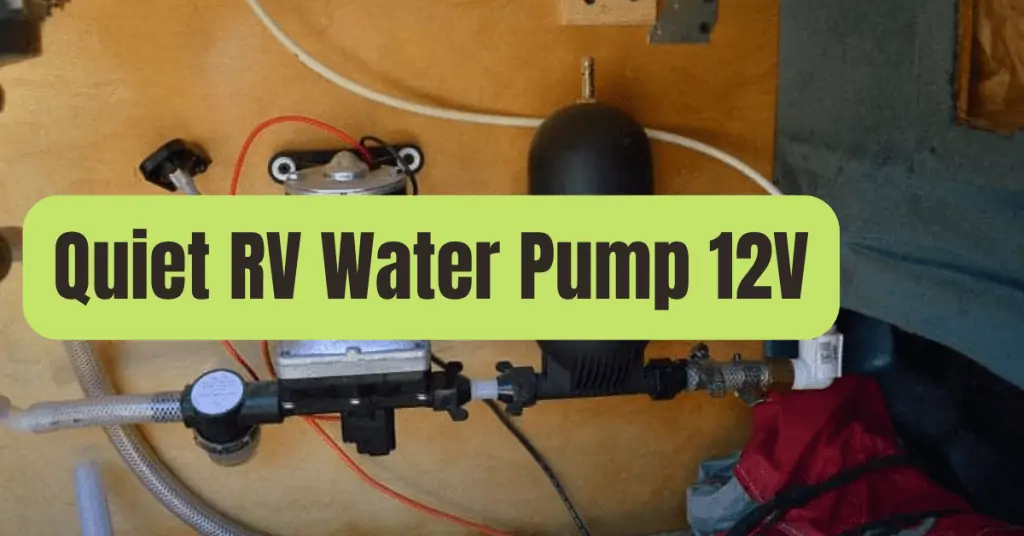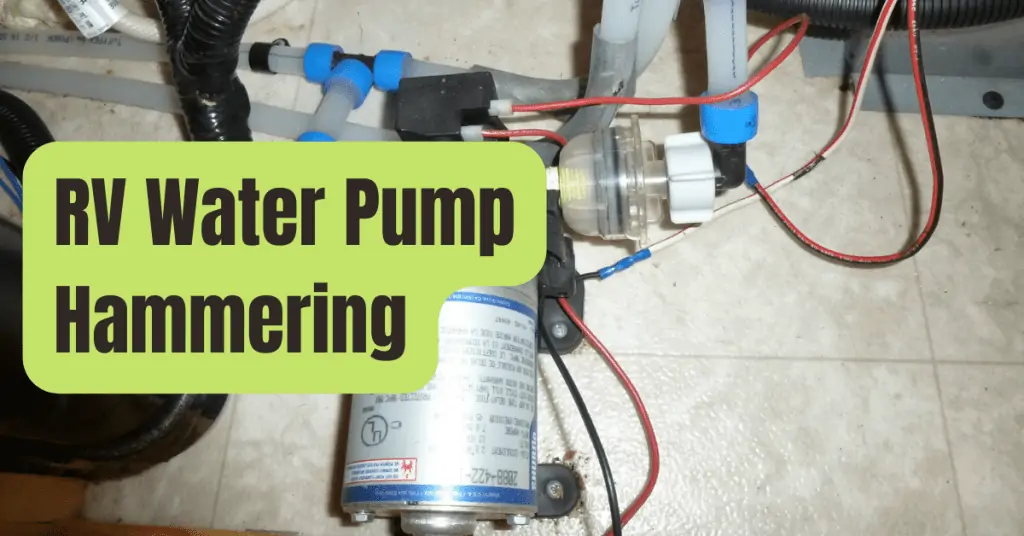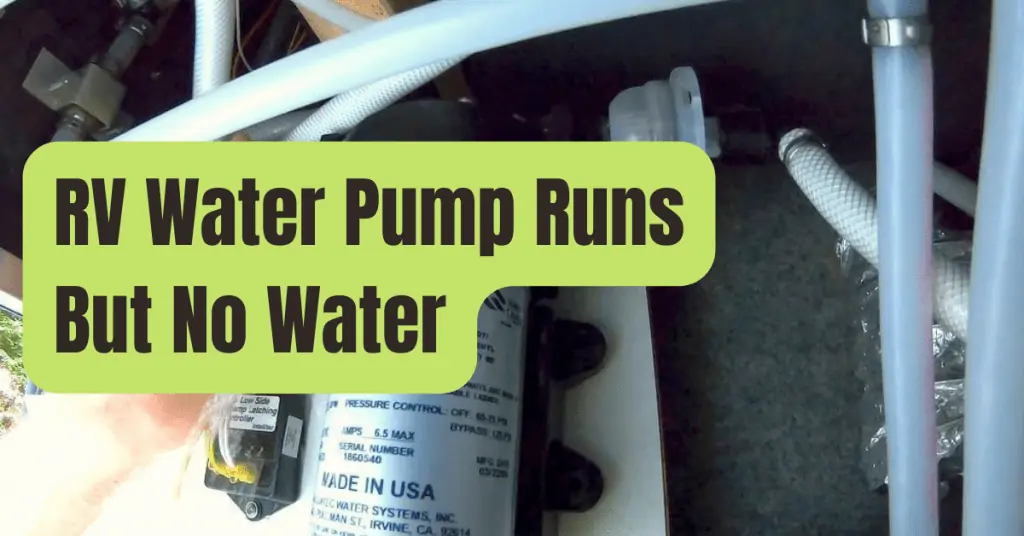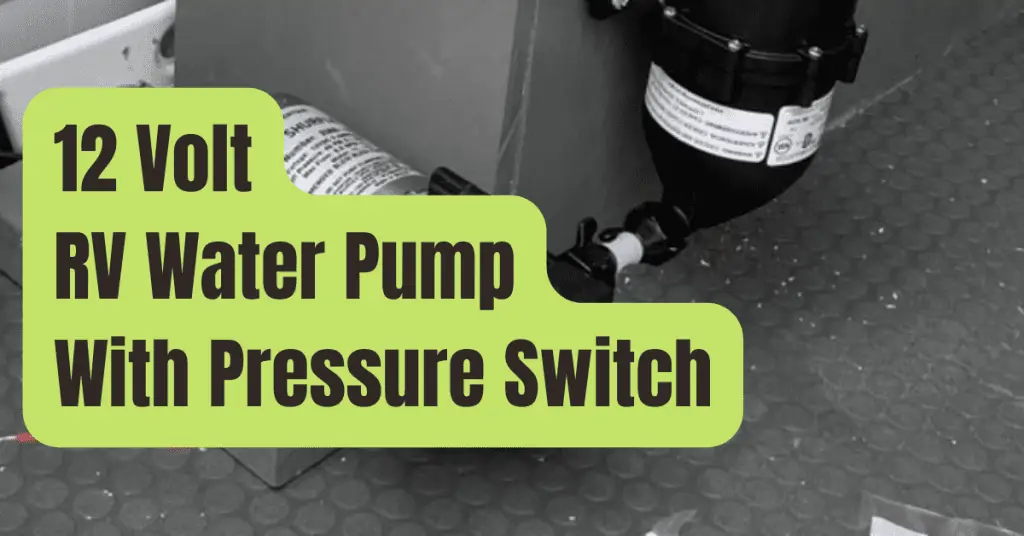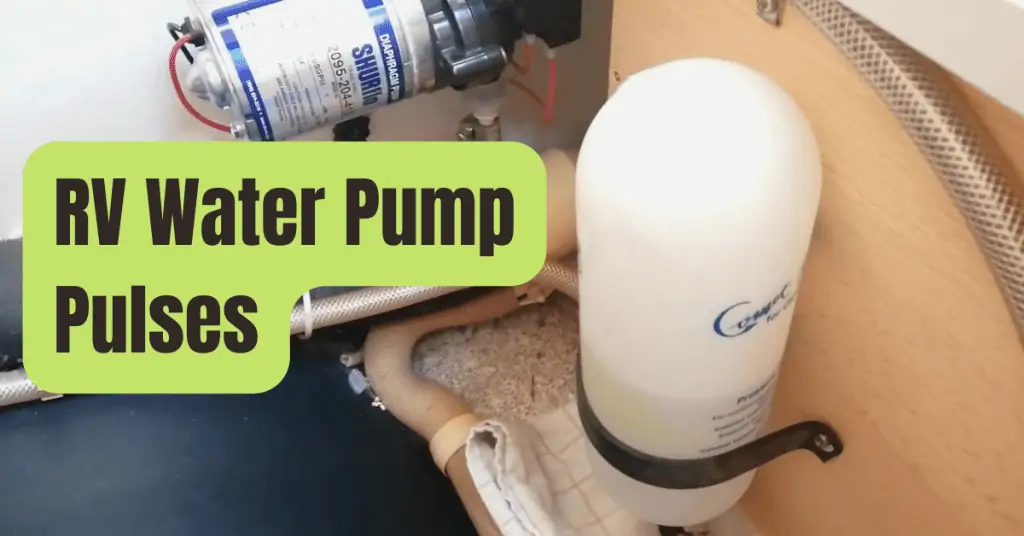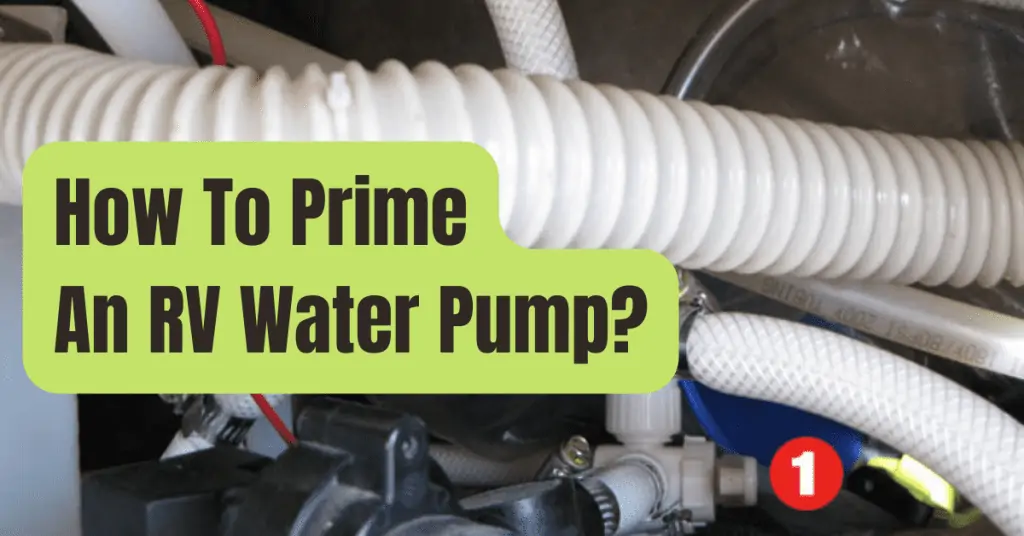Tankless water heaters use less energy to create more hot water than even the most energy-efficient tank heaters, saving space, money, and energy.
Water Heaters Without Tanks
Only when you need hot water, a tankless or on-demand water heater will heat it.
These heaters may be mounted within your house in a closet, on a wall outside, or in any practical location.
They may heat a single point of usage, like a shower, sink, or appliance, or your whole house.
By not storing, heating, and reheating the same tank of water, a tankless water heater powered by natural gas, propane, or electricity provides you with an infinite supply of hot water.
Even though the initial cost of purchase and installation is higher, most homeowners discover significant energy savings to make the device financially viable within a few years.
What Is the Process of a Tankless Water Heater?
- The tankless water heater detects the requirement for hot water and starts the heating process when you open a hot water faucet or turn on the dishwasher.
- The amount of heat that the burners must generate to supply water at the specified temperature is determined by the temperature of the incoming water.
- The appliance shuts down and stops consuming energy when there is no longer a need for hot water and waits till there is.
- The ultimate result is unlimited hot water supply beyond what is contained in your tank.
Tankless Water Heater Advantages
#1. Quick Hot Water
Any supply of water may be instantly heated up.
The capacity of a storage tank heater is not a restriction.
Tankless water heater technology will rapidly provide the hot water your lifestyle requires, whether you’re cleaning the dishes, washing your clothes, taking a hot bath, or even doing them all at once.
#2. Reduced Energy Costs
Use a tankless water heater to save up to 40% on energy costs.
In order to maximize efficiency, units only heat water when it is really required.
#3. Longevity
Typically lasting up to 20 years, tankless water heaters have a lifespan that is double that of a normal tank-style device.
#4. Space Reduction
Up to 16 square feet of important floor space might be occupied by conventional water heaters.
The majority of tankless water heaters may be mounted on almost any wall inside or outside of your house, and many of them are roughly the size of a carry-on bag.
#5. Fresh, Clean Water
Rust and scale may accumulate within the tank where the hot water you use for bathing and drinking is kept in conventional water heaters.
You’ll always have access to clean, fresh water that is heated as it flows through a tankless water heater.
The Best Tankless Water Heater Selection
It’s crucial to figure out the amount of tankless water heater you need.
A heater that is too tiny won’t be able to provide your house with enough hot water, while a heater that is too big will cost you money you don’t need to spend.
How much water will you need when there is a high demand, such as when a load of laundry is being washed, the dishwasher is running, and you are having a shower? How much fresh water will be required to be heated in order to meet the demand?
Before investing in a tankless water heater, you should take into account two factors: the flow rate, or the amount of water used by a fixture or appliance measured in gallons per minute (GPM), and the temperature rise, or the difference between the temperature of the groundwater and the desired hot-water output temperature.
#1. Flow Speed (GPM)
List all of the appliances or fixtures you’ll be using concurrently during peak demand, such as running the dishwasher, a load of laundry, and the shower all at once, to calculate your hot-water requirements.
The overall flow rate is then calculated by adding each individual flow rate.
For information on flow rate, consult the manufacturer’s handbook for the fixture or appliance (shower head, dishwasher, washing machine, etc.), or look for the GPM stamped on the item itself.
Using a bucket and timer, you can also quickly determine the GPM of a device or fixture by using the following formula: 60 divided by the time it takes the appliance or fixture to fill a 1-gallon container with water.
#2. Usage of Common Appliances and Fixtures in GPM on the Average
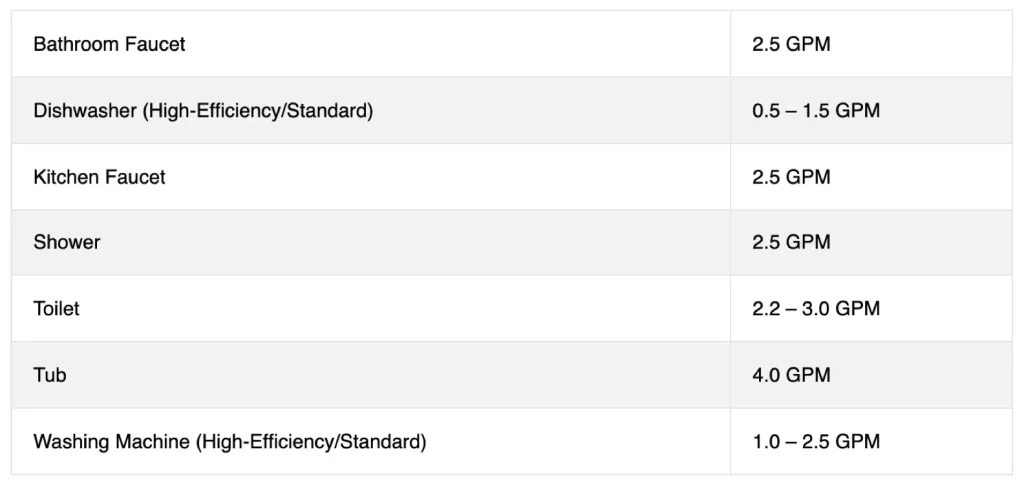
The peak flow rate for the shower, kitchen sink, and high-efficiency washing machine is 6.0 GPM, according to the aforementioned data.
#3. Rise in Temperature
The Fahrenheit temperature of groundwater varies throughout the nation and may be between the mid-30s to the high 70s.
Groundwater temperatures in North America may be divided into three climatic zones:
- 37 degrees to 51 degrees in the northern zone
- 52 to 61 degrees in the central zone
- 62 degrees to 77 degrees in the southern zone
The typical temperature of the water inside a residence is between 110 and 120 degrees.
Subtract the required internal water temperature from the incoming water temperature to get the temperature increase.
For instance, the temperature increase is 63 degrees if the entering water is 57 degrees and the shower water temperature is 120 degrees.
In addition to knowing the flow rate and temperature increase before making a tankless water heater purchase, check at size charts to help you decide which heater would best meet your requirements.
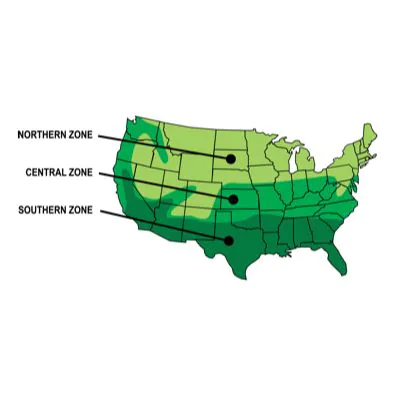
Heaters for Single Use of Water
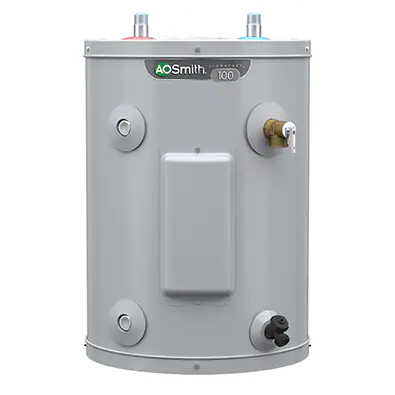
Your house may sometimes need more hot water than usual in a certain region.
A portable point of use (POU) water heater might be useful in this situation.
For instance, a POU heater may be built next to a hot tub that utilizes electric heat.
These compact tankless heaters are put in close proximity to a space or appliance that requires more hot water.
These appliances may often be fitted in a cabinet or other compact location, making them useful for renovations and extensions to an existing house as well.
Integrated Water Heaters
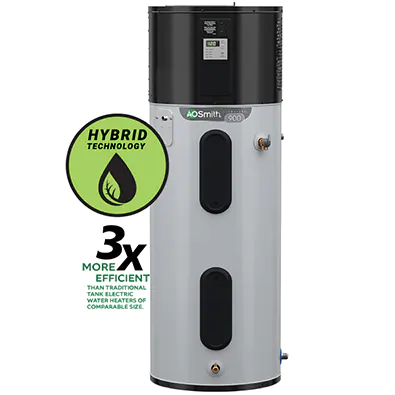
A hybrid water heater may be the best option for you if you like a tank water heater but also want to reduce your energy expenditures.
These appliances may be installed utilizing your current setup and combine the operations of a tank-style and tankless water heater, making them often more than twice as efficient.
In hybrid water heaters, a heat pump draws in outside air, warms it, and then blows the warmed air back into the installation site.
Less heat from traditional ways is required thanks to the air’s additional heating energy.
These hybrid on-demand water heaters use extremely little electricity.
Tip
Because hybrid water heaters are higher and need more space to operate well, verify the manufacturer’s installation guidelines before proceeding.
Consider your home’s size, the water flow rate from your taps, the temperature of the water before it warms up, and how hot you want your water to be when purchasing a tankless water heater.
A Lowe’s associate may assist you in locating the ideal tankless water heater for your property using these calculations.

